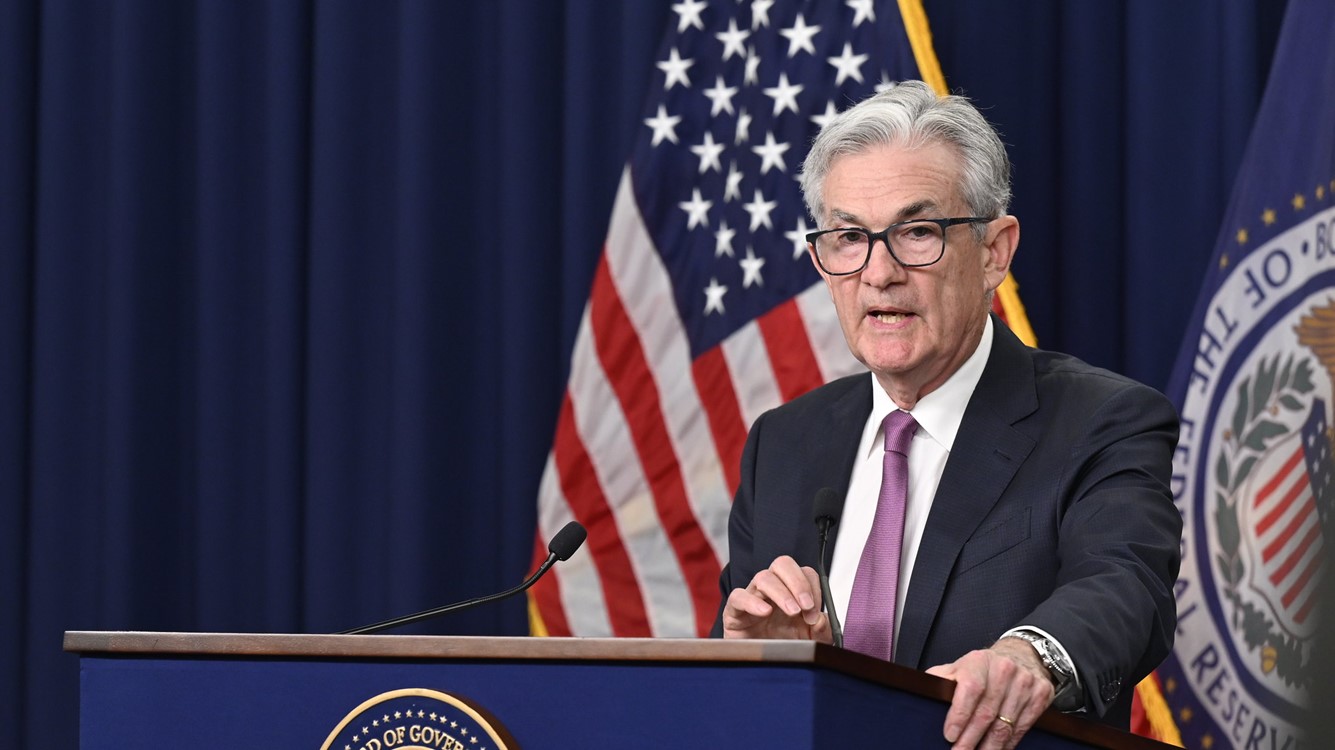Powell moves to seal his legacy
The Fed has started the rate-cutting cycle with an outsized move.

September 18, 2024
The Federal Open Market Committee (FOMC) voted to cut rates by one half percent in September. The decision came with one dissent on the Board of Governors for the first time since 2005. Governor Michelle Bowman voted to dissent. The fact that Powell was willing to take a dissent on the Board of Governors is testimony to how much he wanted this cut. He is known for his low tolerance of dissents and goes to great lengths to corral the cats and get a unanimous vote.
A soft landing is within reach, which would seal his legacy as Fed Chairman. The Fed was late in raising rates and doesn’t want to risk recession, given the progress made on inflation. We have never had a soft landing in the wake of a blistering bout of inflation.
The statement changed the verbiage on hedging against additional inflation to hedging against a further weakening in the job market, “The Committee is strongly committed to supporting maximum employment and returning inflation to its 2% percent objective,” the statement said.
The Fed is clearly worried about the slowdown in the labor market. Payroll employment slowed to 116,000 on a three-month moving average. Consumer spending has accelerated, despite the slowdown in employment. That is because wages are outpacing inflation as retailer discounting has accelerated. Prices on durable goods dropped 4.2% from a year ago in August, the weakest pace since December 2003. Back then, the Fed was cutting rates to ward off the risk of a bout of deflation.
Participants at the meeting updated their forecast for the economy and their own expectations for rate cuts going forward. Real GDP growth was revised down to 2.0% for 2024, which implies a sharp slowdown in growth in the fourth quarter. Uncertainty surrounding the election and the trajectory of policy acts as a tax on behavior. CEOs have voiced hesitancy in making big investment decisions until the cloud created by the election is lifted. That could exacerbate weakness in the fourth quarter.
The forecast for unemployment was revised up, while that for inflation was revised down. That is clearly another reason the Fed decided to cut. Powell emphasized several times how confident the Fed is that inflation is moving down, while the labor market is now weaker than it was pre-pandemic.
Separately, the Fed’s estimate of the terminal or non-inflationary rate moved up, once again. It is now at 2.9%, which is edging toward a range of 3%-3.25% from 2.75%-3% in June.
Participants straddled a half and three-quarter additional rate cuts prior to year-end. Powell underscored that there was a lot of debate at the meeting. He characterized this as a good strong start due to the improvements in inflation we have seen, but stayed away from promising another half percent move prior to year-end. That did not stop financial markets from pricing in even more rate cuts than participants at the meeting forecasted.
The course of policy post-election could have a substantial impact on where rates go in 2025 and 2026. Broad-based increases in tariffs, which show up as inflation for US consumers, and major shifts in immigration policy tend to curb growth and stoke inflation.
In response, the Fed could reverse course and raise rates again, depending on the course of policy post-election. Powell has been adamant that the Fed does not game out different political scenarios when it considers whether to cut rates or not. It must wait to see how policy shifts play out in response to those shifts once they go into effect.
What about the election? The Fed doesn’t have a horse in that race; the lags in policy are too late to affect the economy prior to the election. That will not stop politicians on both sides of the aisle from blaming the Fed. That is par for the course and not the first time we have seen major moves near an election. The Fed moved aggressively to deal with the onset of the global financial crisis in September 2008.
This is Powell’s fourth presidential election on the board. He underscored that the election itself never comes up in their discussion.
When asked about the state of the economy today, Powell summed up, “The US economy is in a good place and our decision today is designed to keep it there.”
The US economy is in a good place and our decision today is designed to keep it there. - Federal Reserve Chairman Jay Powell
Bottom Line
The Fed has begun to cut rates, with an outsized one half percent cut. Our forecast for another half percent by year-end holds. Powell saw a window to achieve a soft landing and took it. His tenure as chairman ends in May 2026, when he plans to retire. We still have a lot of ground to cover before then.

Webcast
Quarterly Economic Outlook
Register today for our September 25, 2024 Quarterly Economic Outlook with Chief Economist Diane Swonk
Explore more

Fed opens door to rate cuts
The Fed needs further confirmation that the improvement in inflation is sustained.

KPMG Economics
A source for unbiased economic intelligence to help improve strategic decision-making.

Powell sets sights on salvaging soft landing: Mapping the descent in rates
A flip from inflation fighting to economic stimulus.
Subscribe to insights from KPMG Economics
KPMG Economics distributes a wide selection of insight and analysis to help businesses make informed decisions.
Meet our team
